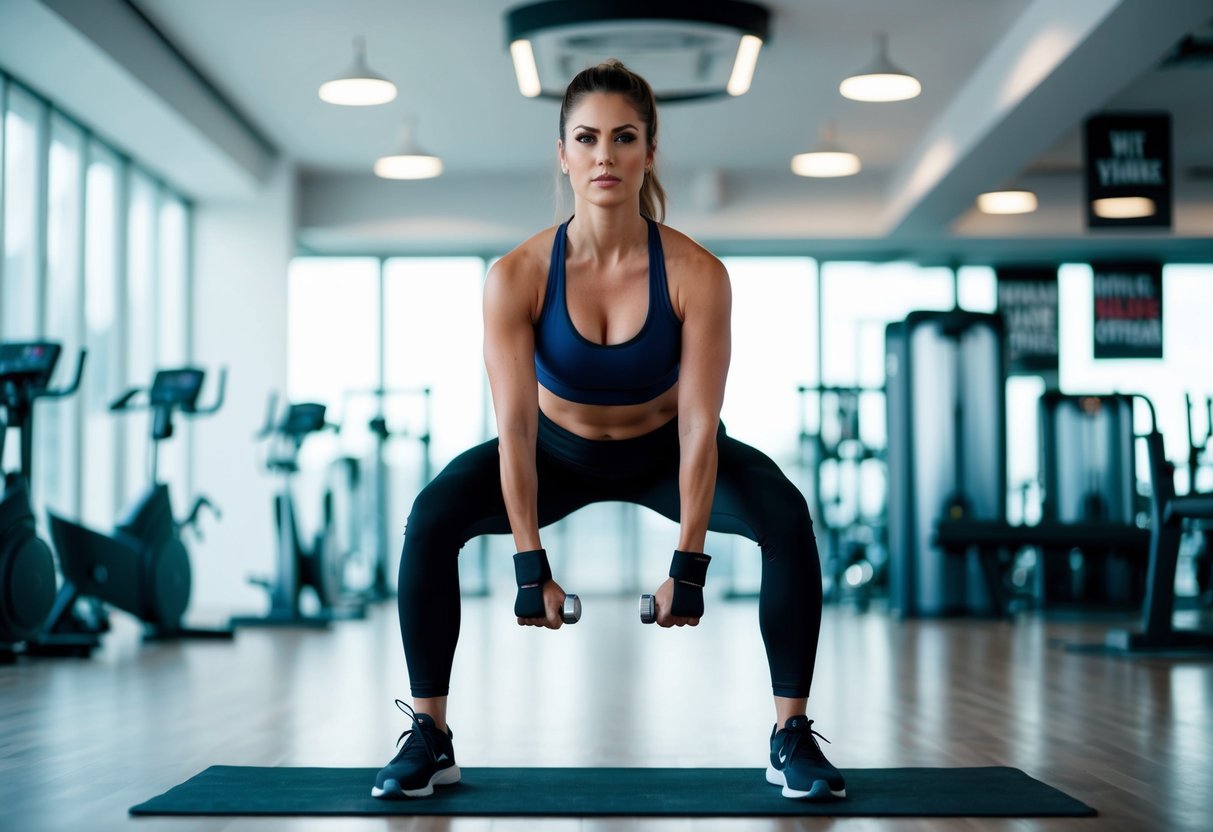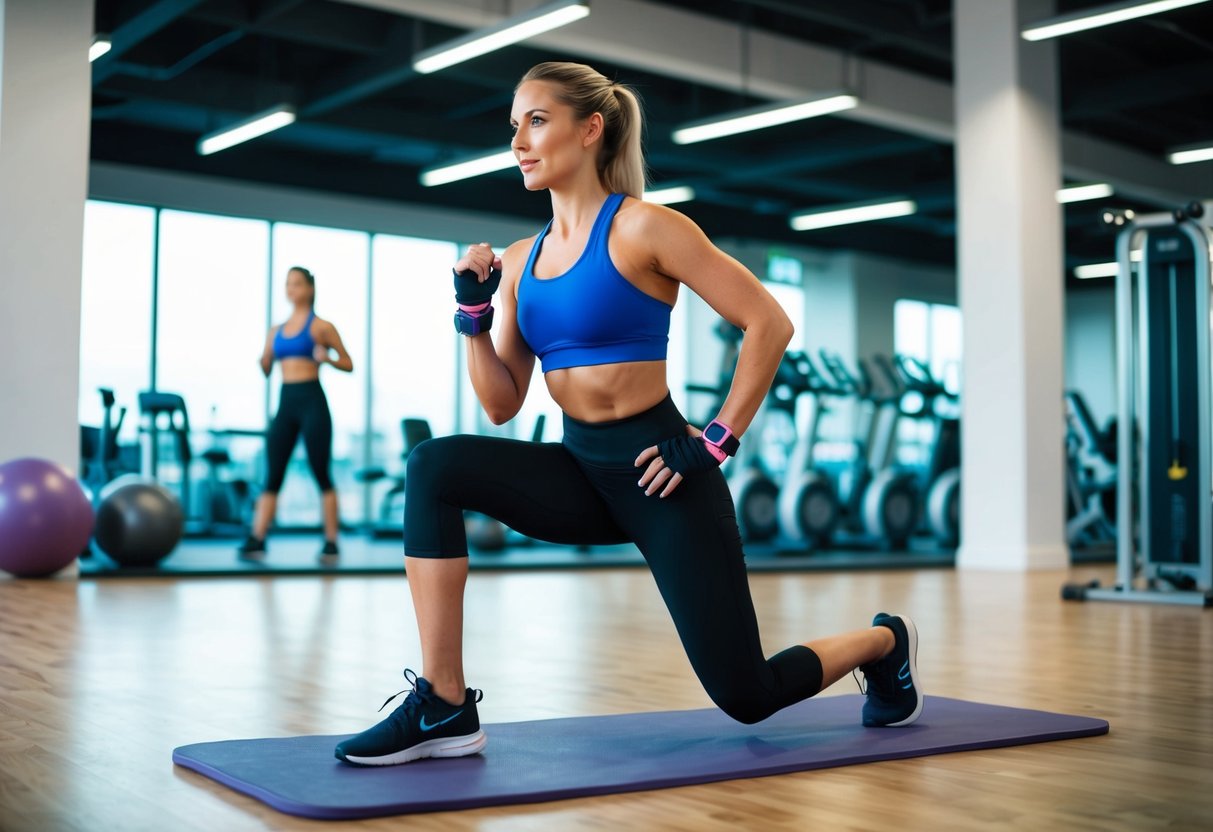
High-Intensity Interval Training (HIIT) is a popular and efficient workout method, delivering impressive fitness results in a short time. This training style burns calories, improves cardiovascular health, and enhances metabolic rate. The right activewear is essential for comfort and performance during these intense sessions. Selecting breathable, flexible fabrics ensures the body remains cool and supported, enabling optimal performance during HIIT.
Functionality and comfort must go hand in hand when choosing activewear for HIIT. Moisture-wicking materials help manage sweat while allowing a full range of motion. Wearing the right gear can significantly impact motivation and endurance. These elements contribute to an overall more enjoyable workout experience and aid in maintaining exercise routines.
While navigating a variety of activewear options, paying attention to fit, support, and material quality is crucial. High-performance shoes with proper cushioning reduce the risk of injury. With the right gear, any HIIT session can become more productive, leading to improved overall health and fitness.
The Essentials of HIIT

High-Intensity Interval Training (HIIT) focuses on alternating short, intense bursts of activity with brief recovery periods to maximize cardiovascular and muscular benefits. The approach can significantly elevate heart rate, making it effective for cardio conditioning and calorie burning.
Understanding High-Intensity Interval Training
High-Intensity Interval Training involves structured periods of intense effort followed by rest or low-intensity phases. Sessions typically last from 20-30 minutes and include exercises like sprints, jumps, and burpees. This method pushes the heart rate up significantly, offering a powerful cardio workout in a shorter time compared to traditional routines. Due to its efficiency, HIIT is popular for those seeking to burn calories quickly and improve cardiovascular health.
The short, intense bursts challenge the body, leading to enhanced endurance and strength. HIIT’s adaptable nature allows people of various fitness levels to benefit, as the intensity can be adjusted to suit individual needs. It provides a comprehensive workout that targets multiple muscle groups, supporting balanced physical development and improving general fitness.
Core Principles of HIIT Workouts
One key principle of HIIT is efficient time management, aiming to deliver comprehensive workouts in a concise timeframe. This approach capitalizes on short, intense exercise periods interspersed with rest, often leading to improved metabolic rates post-workout. By elevating the heart rate and maintaining it through intervals, HIIT encourages fat burning and metabolic conditioning.
The intensity levels in HIIT workouts should be challenging to push both muscular and cardiovascular limits. Proper form and technique are crucial for maximizing benefits and minimizing injury risks. Incorporating diverse exercises, HIIT sessions can target specific fitness goals, from increased stamina to improved strength and agility, offering a versatile and effective workout solution.
Benefits of HIIT for Health and Fitness

High-Intensity Interval Training (HIIT) offers several advantages for those looking to improve their overall health and fitness. It plays a crucial role in enhancing cardiovascular health, building strength and endurance, and boosting metabolism for better caloric burn.
Improving Cardiovascular Health
Engaging in HIIT has marked effects on cardiovascular health by significantly improving heart function and circulation. This type of training challenges the heart to pump more efficiently, leading to greater blood flow. Consequently, it can help lower blood pressure and reduce the risk of heart disease. Participants often experience increased heart rate variability, favoring better adaptability of the cardiovascular system. Additionally, enhancing oxygen delivery during exercise and at rest strengthens heart health, supporting long-term wellness.



